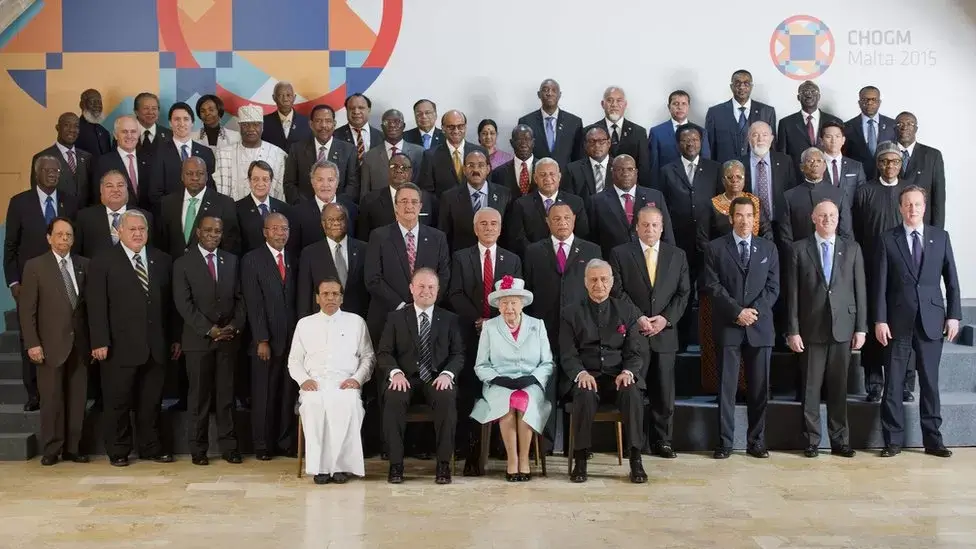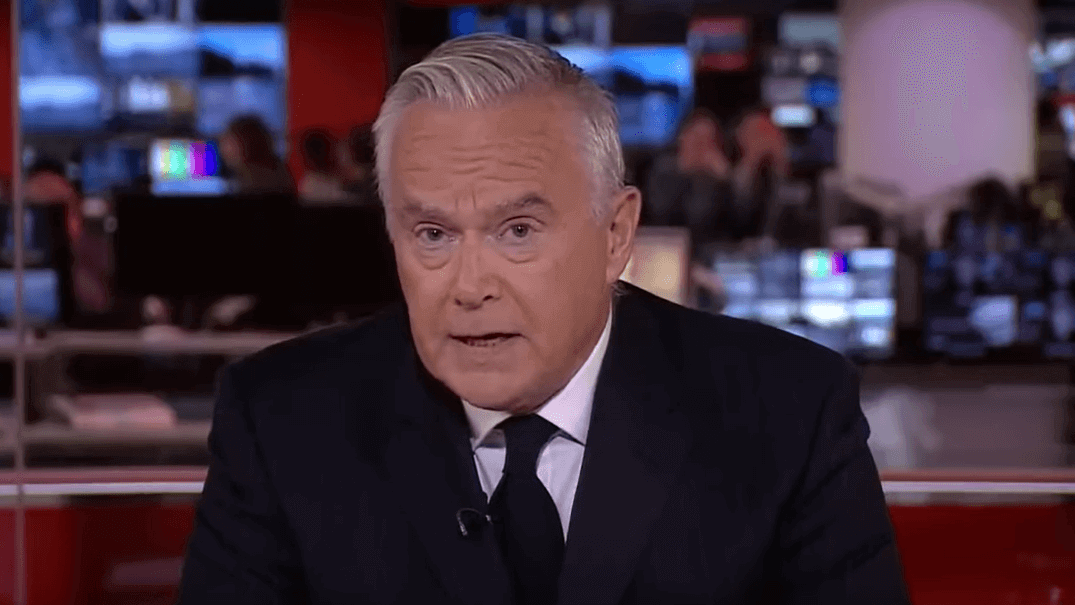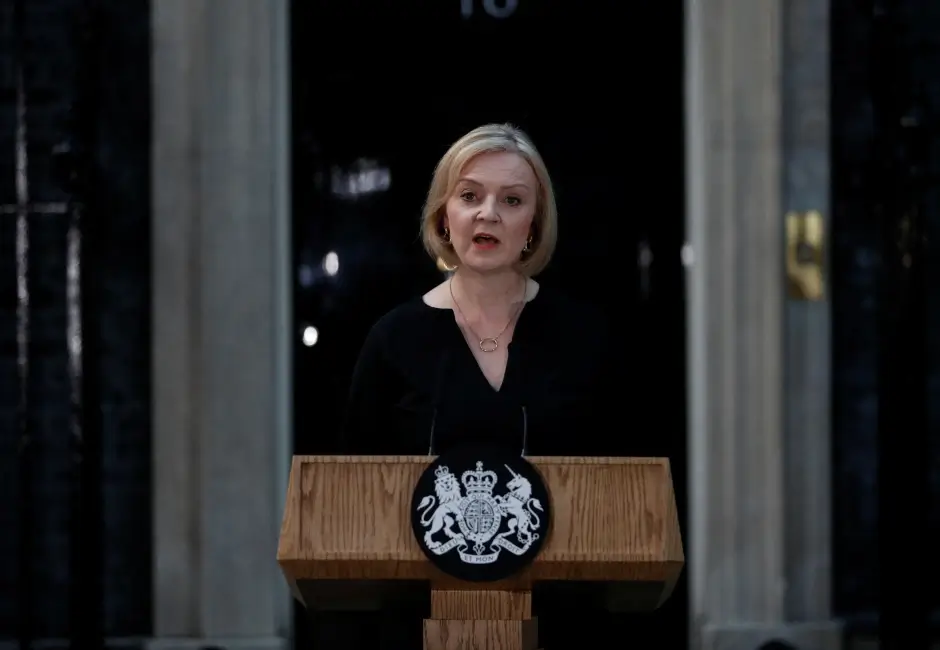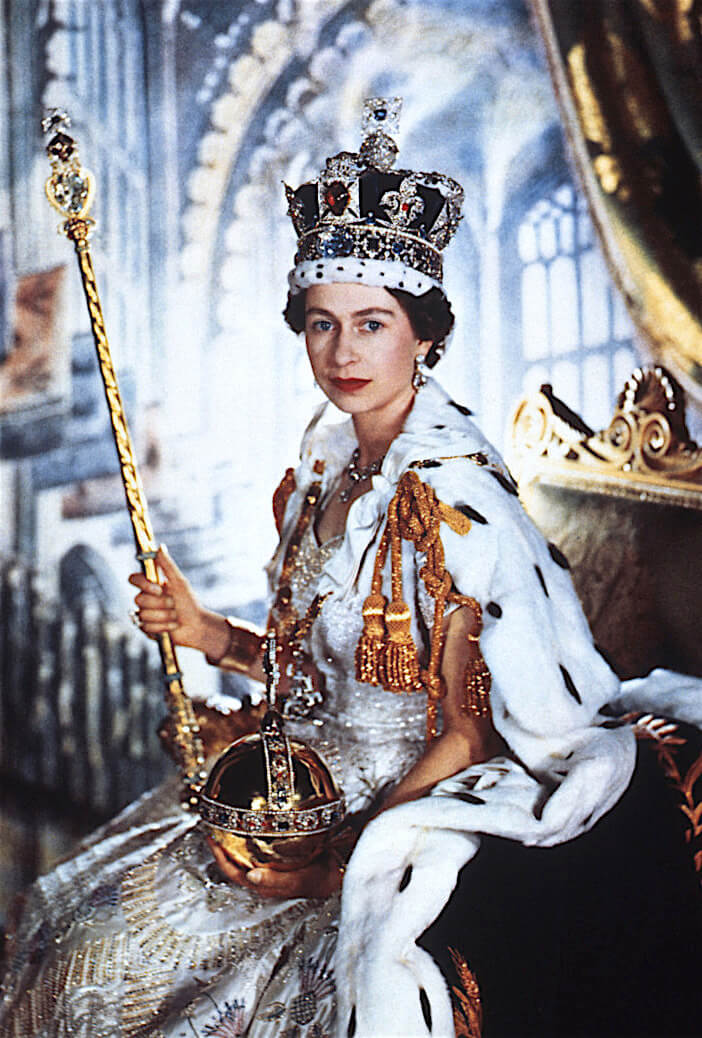Elizabeth II, also known as Elizabeth the Second, was born in 1926 and died in 2022. Elizabeth II was the longest-reigning monarch in the UK’s history. Her 70-year reign saw her see the fall of the British Empire, the technological revolution and many major political events.
Childhood
Elizabeth was born on 21st April 1926 in Mayfair, London. Elizabeth’s father, George VI, was second in line to the throne at that time, and didn’t expect to become king at the time.
Elizabeth and her younger sister, Margaret, didn’t go to a school. Instead, they were taught by the Queen Mother and their governess, Marion Crawford. She did get taught some history at Eton College, which is one of the UK’s top private schools.
World War II
Elizabeth and Margaret were evacuated from London to Balmoral, Scotland. Like millions of children, they were evacuated from cities because of the threat of bombing.
Thousands of you in this country have had to leave your homes and be separated from your fathers and mothers. My sister Margaret Rose and I feel so much for you as we know from experience what it means to be away from those we love most of all.
To you, living in new surroundings, we send a message of true sympathy and at the same time we would like to thank the kind people who have welcomed you to their homes in the country.
All of us children who are still at home think continually of our friends and relations who have gone overseas – who have travelled thousands of miles to find a wartime home and a kindly welcome in Canada, Australia, New Zealand, South Africa and the United States of America.
Princess Elizabeth making her first public speech in 1940
In February 1945, when Elizabeth was 18, she joined the women’s branch of the British Army. She trained as a driver and mechanic.

On VE Day, Elizabeth and Margaret joined the street parties that were taking place in the streets of London.
We asked my parents if we could go out and see for ourselves. I remember we were terrified of being recognised … I remember lines of unknown people linking arms and walking down Whitehall, all of us just swept along on a tide of happiness and relief.
Elizabeth talking about joining in with the VE Day celebrations
Coronation
After King George VI died of lung cancer, the then-princess Elizabeth was next in line to the throne. She and Prince Philip were in Kenya at the time, and immediately came back to the UK once they had heard about the king’s death.
The coronation was one of the biggest events of the 20th century, taking 18 months to prepare and costing £21 million. Millions of people watched the coronation on television for the first time.
You can find out more about the Queen’s coronation here.
Reign
From the beginning to the end of her 70-year reign, the Queen saw in 14 prime ministers. She saw a technological revolution that would bring new medicines and technologies such as the internet. The Queen was a patron of over 500 charities and organisations.
Decolonisation and the Commonwealth
During the beginning of the Queen’s reign, countries that had been part of the British Empire wanted to leave it and govern themselves. This had already started to happen before her reign began. India became an independent country in 1948.
As monarch, the Queen was head of the Commonwealth, which grew in size as more countries left the British Empire. Every year, all Commonwealth leaders meet to talk about important issues.

Relationship with Margaret Thatcher
The Queen saw 14 prime ministers during her reign, but her relationship with Margaret Thatcher was the most famous. Both were powerful female leaders and every week, the Queen would meet with Margaret Thatcher. According to a 2014 documentary, Margaret would always arrive 15 minutes early – and the Queen would make her wait.
Some people thought that the Queen found Margaret “uncaring” because of some of her political views.
There are many rumours on what happened in these weekly meetings. When Margaret Thatcher was forced to resign in 1990, the Queen invited Margaret to a horse racing meeting because she felt sorry for her. She declined, but thanked the Queen for the invite.

Princess Diana and Windsor Castle fire
On 20th November 1992, there was a fire at Windsor Castle, which is where the British monarch usually lives. Only part of the castle was affected by the fire and it was eventually restored. No-one was killed or seriously injured in the fire.
In order to pay for the restoration of Windsor Castle, they decided to open Buckingham Palace and some of Windsor Park to the public on some days.
In 1997, Princess Diana died in a car crash in Paris. Some thought that it was because the media were chasing her car. The British public liked Diana and laid flowers outside Kensington Palace. The prime minister Tony Blair called her “the people’s princess”.
The royal family were criticised for following protocol, which made the public see them as unemotional. For example, the royal flag wasn’t waved at half-mast. When the monarch isn’t at Buckingham Palace, a flag doesn’t fly at all, but as a compromise they put the Union Jack flag at half-mast, as a sign of respect.
Death
Queen Elizabeth II died on 8th September 2022 at the age of 96 in Balmoral, Scotland.
Funeral
The Queen’s funeral was planned for decades. The plans were leaked to The Guardian in 2017, and were updated three times a year by broadcasters, the government and the police.
When the Queen died, her private secretary called the prime minister (who was Liz Truss at the time) to say “London Bridge is down” through a secure phone line. The news was then sent to Commonwealth countries. Two hours later, at 6.31pm, the media was told about the Queen’s death and Liz Truss made a statement outside 10 Downing Street.


On 9th September at 6pm, Charles made his first speech as king from Buckingham Palace.
The Queen died in Scotland, meaning her coffin was displayed in St Gile’s Cathedral in Edinburgh for 2 days. After this time, her coffin was flown to London, where it was taken to Buckingham Palace overnight.
On 14th September, the coffin was taken from Buckingham Palace to Westminster Abbey, where a religious ceremony was performed. At 5pm, the coffin was laid in state (meaning people could queue and see the coffin).
On 19th September, the lying in state ended and the Queen’s funeral took place.
